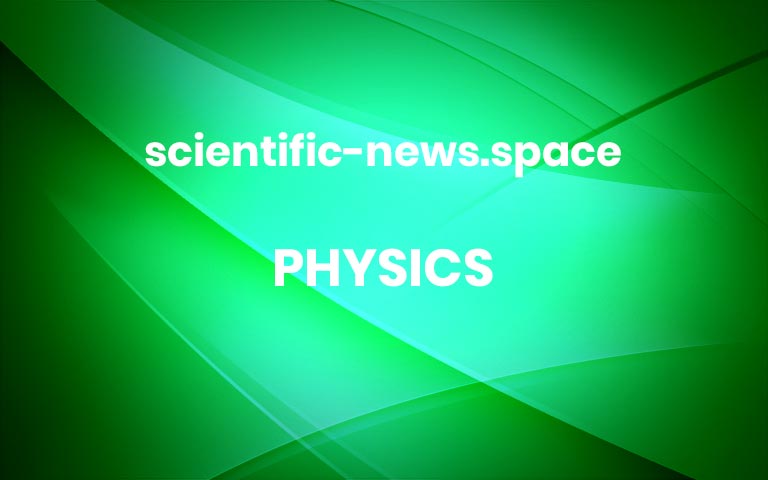This weird quantum state of matter was made in orbit for the first time
On the International Space Station, astronauts are weightless. Atoms are, too. That weightlessness makes it easier to study a weird quantum state of matter known as a Bose-Einstein condensate. Now, the first Bose-Einstein condensates made on the space station are reported in the June 11 Nature. The ability to study the strange state of matter […] More


